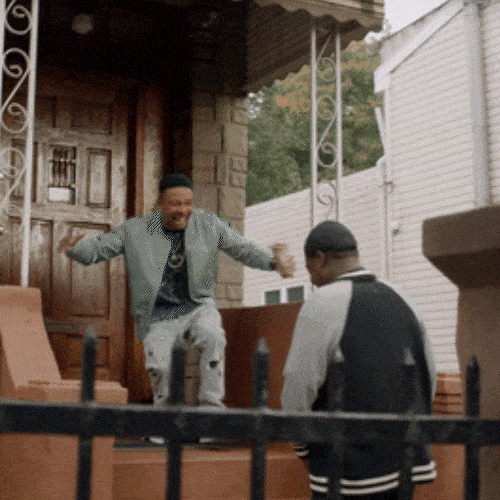What's the difference between "friends" and "acquaintances"?


In US culture, relationships come in different levels, and it's important to understand the distinctions between them. Whether you're an English learner or simply curious about American social dynamics, let's take a look at the differences between friends and acquaintances.
We all encounter strangers in our lives — people we don't know at all. Picture a college student saying, "We were hanging out last night, and these three strangers kept trying to talk to us. It was so awkward!"

These unknown faces are strangers, individuals we have no prior connection or familiarity with. This term is commonly used to describe people we encounter in public spaces or social gatherings.
Moving up the ladder, we have associates and acquaintances — individuals we know on a superficial level but haven't formed a deep bond with yet. Let's say you met someone a few times through work or a mutual friend. You might refer to them as an associate or an acquaintance. These terms indicate a level of familiarity, but not to the extent of being considered friends. Think of occasional contacts, coworkers, classmates, or friends of friends you've met a couple of times.

While associates and acquaintances are usually outside the workplace, colleagues blur the line between professional relationships and friendships. Colleagues can be friends, but it depends on the depth of your interactions and how well you get along with them.

When someone asks, "Are you and David friends?" you can respond, "We're not really friends, but we get along." The camaraderie among colleagues can lead to friendships, but it varies from person to person and workplace to workplace.
Non-family members with whom we share close and personal relationships are considered friends. These are the individuals we are extremely "tight with" — people we know inside and out.

Friends are the ones we talk to, joke around with, hang out with, and have intimate relationships with. Whether it's a best friend, a partner in mischief, or a confidant, friends hold a special place in our lives.
Younger Americans under 40 often refer to their best friends as "besties" or "BFFs" (Best Friends Forever). For example, someone might say, "John is my bestie!" When talking about a close friend with whom they engage in mischief, they may call them their "partner in crime."
Similarly, a trusted friend who we can confide in and share our innermost thoughts with is known as a "confidant." These terms reflect the deep connections we have with our closest friends.

Language is dynamic, and friendships come with an array of terms. While "amigo" is a Spanish word, it has made its way into English vocabulary. So, you might find yourself saying, "Shaun is my amigo."
Additionally, words like "pal," "sidekick," and "buddy" are commonly used to refer to friends. People over 50 may use the word "chum" to describe a close friend. Furthermore, younger Americans often use terms like "homeboy," "homegirl," or "homie" to refer to their friends, particularly in urban hip-hop culture.

Sometimes, friendships go beyond the ordinary, and special terms arise to express their depth. Younger Americans may use expressions like "roll dogs," "ride or dies," or "day ones" to describe their closest friends.
A "roll dog" is someone who is ready to go anywhere with you, a "ride or die" is a friend who is always down for anything, and a "day one" is someone who has been by your side since the beginning, through thick and thin. These are the friends for life, those with whom we share an unbreakable bond.

When a friend is more like family, we often playfully refer to them as "a brother from another mother" or "a sister from another mister."

These witty phrases imply that the friendship goes beyond the usual bounds and feels like a sibling relationship. You may hear these terms used in wedding toasts or when publicly acknowledging a close friend.
When it comes to romantic relationships, the terminology evolves. People use terms like "boyfriend" or "girlfriend" to refer to their partners. In younger age groups, expressions like "boo" or "bae" (short for babe or baby) are popular terms of endearment.
As individuals mature, they tend to use more mature terms like "partner," "companion," or "significant other" to introduce their spouses. These terms reflect a level of commitment and seriousness in the relationship.

Understanding different relationship levels in American culture enhances your social interactions and English language skills. From strangers to friends, the terminology reflects the depth of connections we form. Embrace this understanding to get through conversations with confidence and forge meaningful connections in English.
We are committed to equity,
diversity, and inclusion.
We welcome students,
educators, users, researchers,
and employees from a diverse
set of backgrounds.
Our own backgrounds vary in
terms of socioeconomic status,
religion, race, ethnicity,
gender
identity, sexual orientation,
age, neurodiversity,
disability,
and nationality.
In short: Be you. Do you.
We love and embrace
what makes you you. ![]()
Thank you for inviting us to assess
your web copy!
One of our copy analysts will take
a close look at your website and
get back to you right away.
We appreciate your trust. ![]()